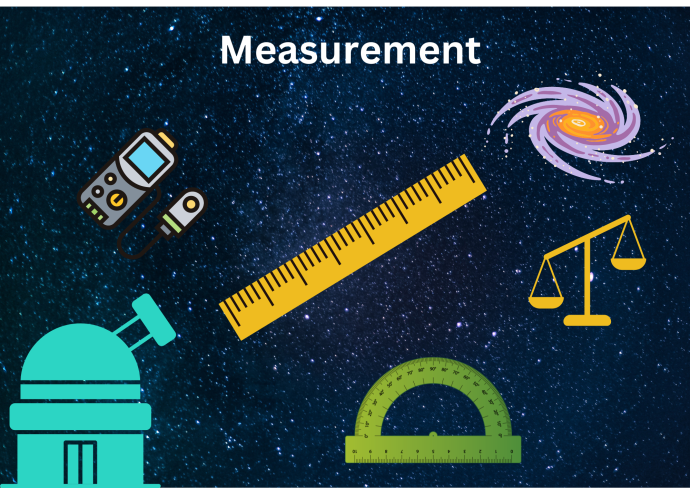Angles
Astronomers use angles a lot to work out where things are in the sky. We can measure the size of an object in the sky and mark its position by using angles.
If we know how much of the sky an object covers (as an angle) and how far away it is - we can work out its actual size.

Measurement
In astronomy, measuring helps us learn the size, distance, and brightness of things in space.
Without these measurements, it would be hard to compare stars, planets, and galaxies.

Measure a Day on Jupiter
Dorothy Vaughan
Year born: 1910
Research Areas: Computer Programming
"I changed what I could, and what I couldn't, I endured."
Katherine Johnson
Early Life
Katherine Johnson grew up in West Virginia, USA. Her mother was a teacher and her father a farmer and handyman. Katherine was curious about numbers from an early age and took every course in maths she could at West Virginia State College. She graduated with the highest honours in 1937 and took a job teaching at a Black public school in Virginia. In 1939, Katherine became the first Black woman to study for a postgraduate qualification at West Virginia University. She then took a break from studying and teaching to have children.
Year born: 1918
Research Areas: Rocket Flightpaths, Trajectories, Orbital Mechanics
"I loved going to work every single day"
